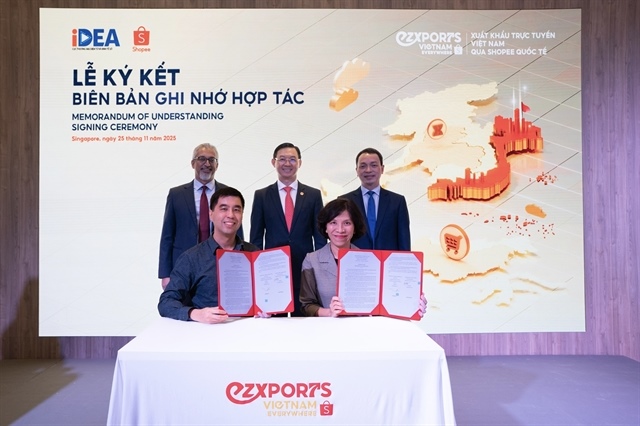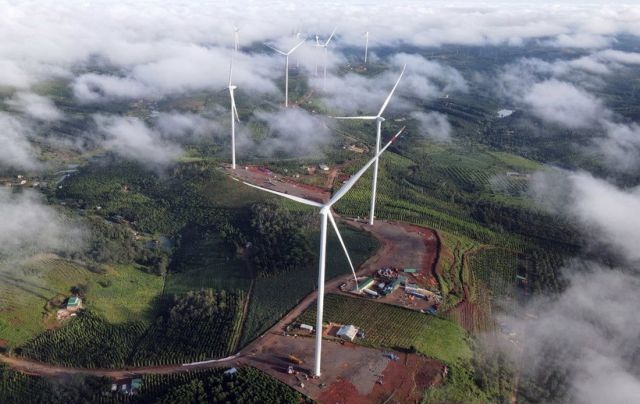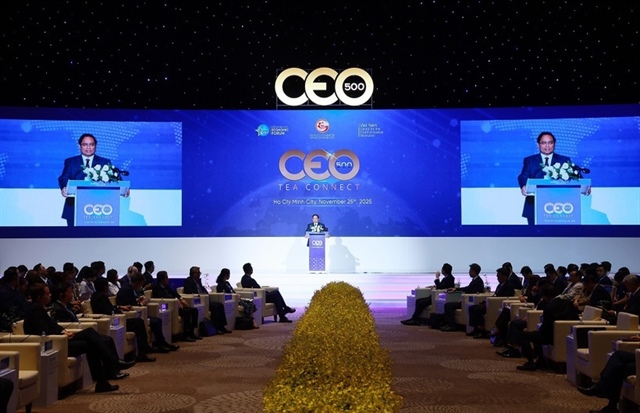The “ASEAN + 1” worry
The “ASEAN + 1” worry
Chinese and ASEAN sourced goods have been flooding the Vietnamese market and competing fiercely with Vietnam made products. Meanwhile, the situation would be even worse when the ASEAN-China free trade agreement (ASEAN +1) fully takes effect by 2015.

In fact, a part of the free trade agreement has taken effect since January 1, 2010, when 90 percent of the goods items imported from China, Indonesia, Thailand, the Philippines, Malaysia, Singapore and Brunei were cut to zero percent. Meanwhile, the tax cuts on the imports from Cambodia, Vietnam, Laos and Myanmar would take effect from 2015.
Far markets more easily approachable than near markets
Phan The Rue, Chair of the Vietnam Retailers’ Association, former Deputy Minister of Trade, has admitted a paradox that Vietnam can easily penetrate far markets, while it remains the outsider of the regional markets like ASEAN or China.
The problem is that the importers from the markets usually put big difficulties for Vietnamese exporters in terms of prices, contracts and amounts of goods. Especially, risks would arise at any time from the Chinese market.
Meanwhile, it is easy to deal with the foreign partners from the far markets like the US or the EU. The trade deals always can be carried out in a transparent way, while importers do not force prices down or give up the orders.
Rue has warned that one of the biggest problems for Vietnam is that the most well-known export items of Vietnam are also the products which can be made by the other regional countries.
For example, Vietnam’s garment companies would find it difficult to penetrate the Chinese or Indonesian markets, which also have developed garment industries.
“As for farm produce, ASEAN and China have all the products which Vietnam has,” Rue said.
Vietnam has been penetrating more deeply into the US and EU markets over the last few years, with the export turnover on the steady rise year after year. The exports to the markets have always been higher than the imports from the markets.
In the first eight months of the year, for example, the surplus in the trade with the US reached 10 billion dollars, while the figure of 1.1 billion dollars has been reported for the German market.
Meanwhile, Vietnam has been continuously witnessing the deficit when carrying out trade with ASEAN and Chinese markets. In the first eight months of the year, Vietnam saw the deficit of 10 billion dollars in doing trade with China, 3 billion dollars with Singapore, 2.1 billion dollars with Thailand and 700 million dollars with Malaysia.
The price and technique barriers
In the context of the gloomy world market with the consumption on the sharp decrease, countries now tend to install barriers to protect local production and domestic enterprises.
Le Van Tri, Deputy General Director of Casumina, a rubber company, said all ASEAN countries all have installed barriers against imports.
In order to export its products to the regional markets, Casumina has to obtain the certificates on meeting the technical standards from competent agencies of the import countries, which takes six months at least.
After that, Casumina would have to wait another six months during which the officials from import countries visit Casumina’s factories to take samples of products for testing. Meanwhile, the documents would be valid for two years only.
“One year is too long, which would discourage everyone. That explains why many businesses give up the games,” Tri said.
Ho Duc Lam, Chair of the Plastics Association, also thinks that it is easier to penetrate the Vietnamese market than other markets.
vietnamnet
























